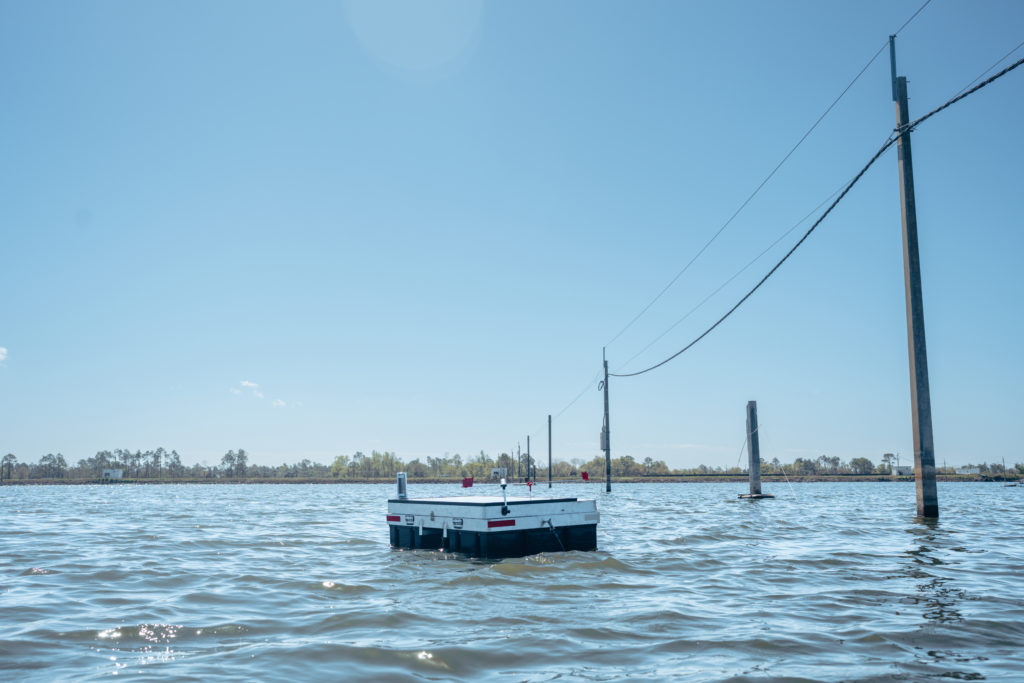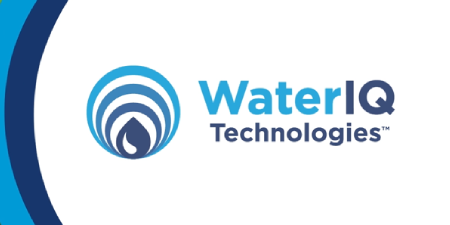By: George Hutchinson, Co-founder and CTO, WaterIQ

Boiling water makes it safe to drink, right? Sadly, that’s not always the case. Some of the algae that contaminate waterways can produce toxins that cannot be removed by boiling. Other measures to combat harmful algal blooms (HABs) are necessary.
How big is the potential HAB threat to clean water? By one estimate, anywhere from 30 million to 48 million Americans get their drinking water from lakes and reservoirs that could be periodically contaminated by algal toxins.
Blue-green algae (cyanobacteria) is a common and particularly noxious contaminant that blooms during the spring and summer months across tens of thousands of lakes, reservoirs, ponds, and managed wastewater repositories. The toxins that blue-green algae produce can be a direct health risk for humans, pets, livestock, and wildlife. Thick, slimy blue-green algal blooms also discourage recreational activities and threaten water-dependent industries.
An estimate of the costs associated with managing freshwater algal blooms cited by the National Resource Defense Council (NRDC) says the United States alone spends $4.6 billion annually on the problem. There are the obvious costs of keeping water supplies clean and potable, but the estimate also tries to account for the millions of dollars of potential tourism revenue that can be lost.
Cities and utilities understandably face a lot of pressure to mitigate the problem. Until recently, one of the few measures available has been to treat threatened water supplies with chemicals.
There is growing concern that many of the chemicals being used are detrimental to humans and wildlife, however. Some chemical treatments also harm algal variants that are otherwise benign. Worse yet, some can kill bacteria in the water that help check algal growth by removing nitrogen and phosphorus, both nutrients for algae. Meanwhile, anaerobic bacteria typically remain unaffected; some of these bacteria are the ones that produce nasty sewer odors.
HABs are always possible, but human activity increases their likelihood. Many household cleaning products contain phosphorus, which often makes its way into the environment. Lawn fertilizers and agricultural fertilizers also contain nutrients that feed algal blooms; run-off from these sources is a big problem. A warmer climate means warmer waters, and that encourages algal blooms too.
Managing nutrient levels is therefore an important means for reducing HABs in both the short- and long-term. This means regular testing of all influents and sections of the water body to determine the source.
That is not always enough to forestall HABs, however – hence the use of chemicals. But with the growing reluctance to use such a shotgun approach, what other recourse do water managers have?
The application of ultrasonic waves is proving to be an effective algae mitigation technique. It’s been estimated that approximately 95% of the 70,000 species and two million sub-species of algae are affected by ultrasonic systems.
Different frequencies attack different algae in different ways, and individual species of algae and bacteria (including cyanobacteria) can be precisely targeted. Ultrasonic sound waves at select frequencies travel through the water only and cause structural and fatal damage to the targeted blooms.
A wide frequency range proves effective in treating most algae. The latest ultrasonic systems from WaterIQ TechnologiesTM are capable of transmitting over 2,000 frequencies, far exceeding the capabilities of earlier versions. These next-generation systems are now autonomous and now equipped with solar converters to power all onboard systems.
The mechanical design of our most advanced systems has been improved too. Ultrasonic algae mitigation systems can now be built with materials that repel algae, reducing the chance of biofouling (which in turn can reduce their effectiveness).
The latest ultrasonic solutions have been shown to be highly effective and a much safer way to eliminate harmful algae variants. A holistic approach that involves bothnutrient management and ultrasonic algae control can be very effective at providing a rapid, long-term solution to the problem.
About the Author
George Hutchinson is the Co-founder and CTO of WaterIQ, an algae mitigation company specializing in ultrasonic solutions that reduce or eliminate the need for chemicals and other costly or largely ineffective solutions.

